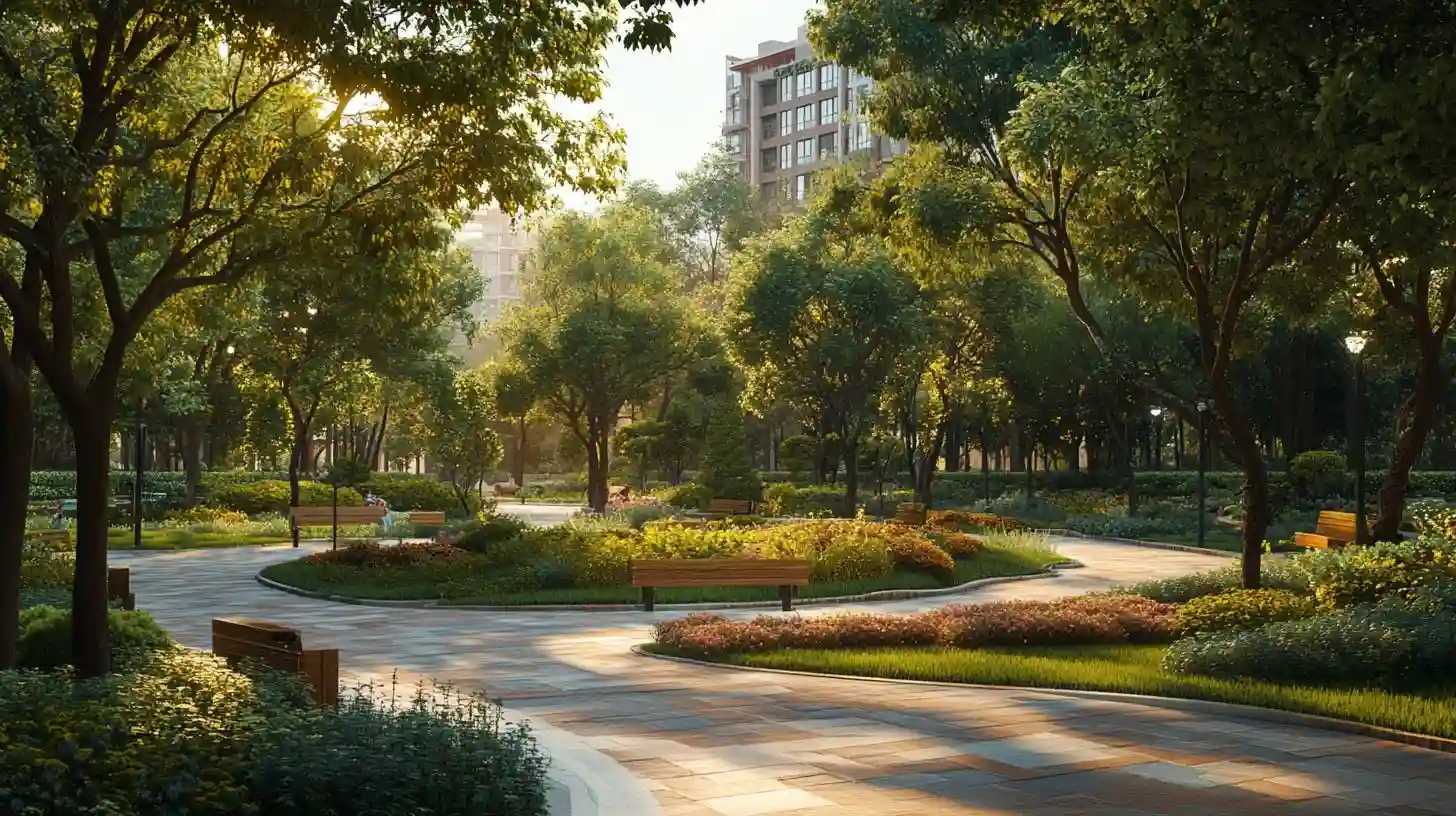
Thoughtvaultzone

Urban parks serve as vital elements within cities, offering numerous benefits that enhance the quality of urban life. As populations around the world continue to rise, the significance of these green spaces becomes increasingly important for both the environment and public well-being. One of the primary reasons cities invest in parks is to provide residents with a natural retreat that fosters physical activity and relaxation. Urban parks often serve as the lungs of a city, allowing individuals to escape the concrete jungle and immerse themselves in nature.
Access to parks encourages healthy lifestyles by promoting physical activities such as walking, jogging, cycling, and playing sports. Studies have shown that green spaces are linked to higher rates of exercise among residents. These areas offer dedicated spaces for games, fitness activities, and trails for leisurely walks, making them vital components of urban planning.
Beyond promoting physical health, urban parks significantly contribute to mental well-being. Natural settings have been found to reduce stress and anxiety levels, offering a peaceful environment where individuals can unwind. Parks provide a sanctuary for people of all ages, allowing them to connect with nature, meditate, or simply enjoy an afternoon in serene surroundings. The greenery, fresh air, and calming atmosphere work together to create a therapeutic environment that contrasts sharply with the hustle and bustle of city life.
Parks also play an essential role in fostering social connections within communities. They serve as gathering places where people can meet, interact, and form friendships. Events such as concerts, movie nights, and community festivals often take place in parks, enhancing social cohesion and creating a sense of belonging among residents. These public spaces invite diversity by bringing together individuals from various backgrounds, fostering understanding and camaraderie through shared experiences.
Another critical role of urban parks is their contribution to environmental sustainability. Green spaces help mitigate urban heat island effects, where cities experience higher temperatures due to human activity and infrastructure. The presence of trees and vegetation in parks helps cool the air, reduce energy costs, and improve air quality. Furthermore, parks play a role in stormwater management, as they can capture rainwater and lessen the burden on urban drainage systems, thus minimizing flooding risks and protecting local water bodies.
Biodiversity conservation is yet another reason cities focus on maintaining parks. Urban green spaces can serve as habitats for various species of birds, insects, and other wildlife. By creating these natural oases, cities can maintain ecological balance and promote the health of local ecosystems. Parks can act as crucial corridors for wildlife, ensuring that native species have a place to thrive even within densely populated areas.
Moreover, parks contribute to the aesthetic value of cities, enhancing their beauty and appeal. Well-landscaped parks with vibrant flowers, lush trees, and inviting pathways can transform urban areas, making them more attractive to residents and visitors alike. Aesthetic appeal is often tied to real estate values, as neighborhoods with accessible green spaces tend to have higher demand and property values. This connection between parks and economic benefits cannot be overlooked, as many cities recognize the potential for parks to attract tourism and stimulate local businesses.
Urban parks can also encourage a sense of environmental responsibility among residents. When individuals interact with green spaces, they develop a connection to nature, fostering awareness of environmental issues and promoting conservation efforts. Educational programs and workshops held in parks can further instill a sense of stewardship in the community, inspiring people to actively participate in preserving natural resources.
Accessibility is another critical factor that cities must address when designing parks. Ensuring that parks are within walking distance and accessible to everyone, including individuals with disabilities, is essential for maximizing their benefits. Cities must continue to prioritize the development of inclusive and accessible parks that serve all demographics, providing a recreational space that is equitable and available to every resident.
As urbanization progresses, the challenge of integrating sufficient green spaces into the urban landscape remains. Many cities are now prioritizing the creation and maintenance of parks to ensure they balance the demands of growth and development with the need for these essential green spaces. Through thoughtful design and active community engagement, cities can transform public parks into vibrant hubs of activity, health, and social interaction, ultimately enhancing the urban experience for all.